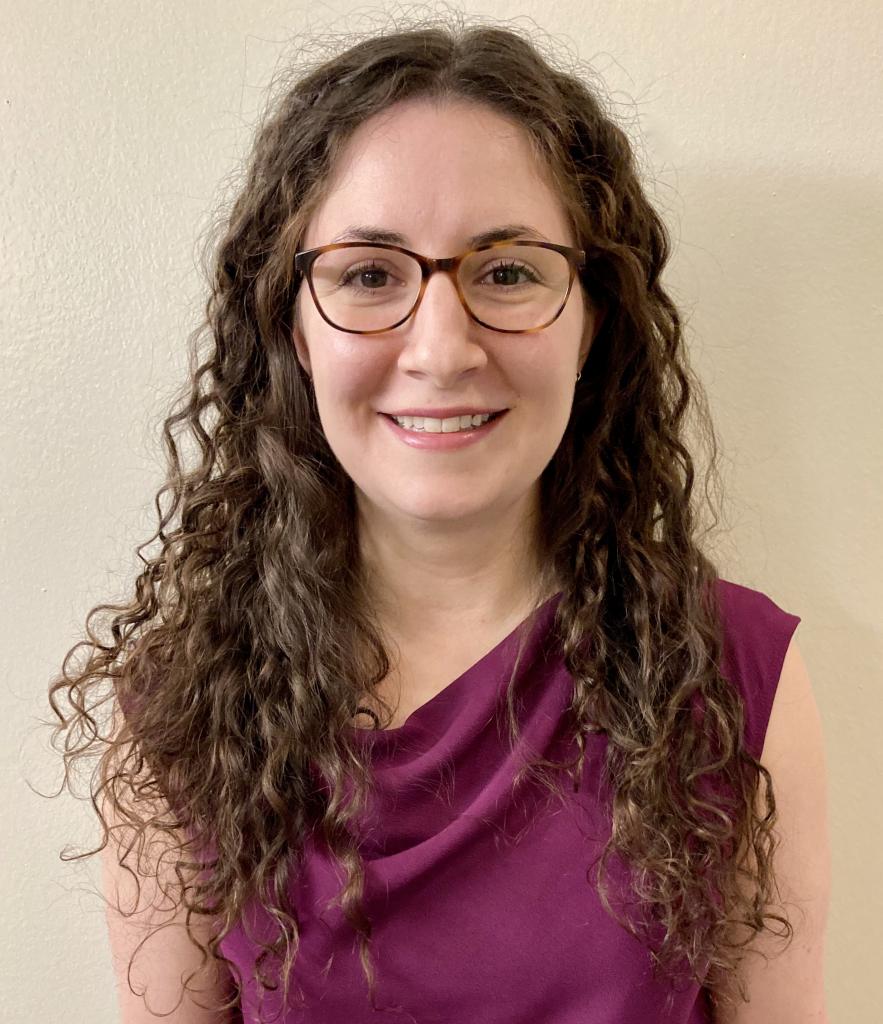Oral Argument Recap: Ali v. Obama
Friday's oral arguments in Ali v. Obama, a Guantanamo habeas appeal currently before the D.C. Circuit, focused primarily on the reliability of certain evidence used to connect the detainee in question to Abu Zubaydah, a top Al Qaeda lieutenant. As we reviewed in our preview post, the detainee was captured along with Abu Zubaydah in the latter's guesthouse in 2002.
Published by The Lawfare Institute
in Cooperation With

Friday's oral arguments in Ali v. Obama, a Guantanamo habeas appeal currently before the D.C. Circuit, focused primarily on the reliability of certain evidence used to connect the detainee in question to Abu Zubaydah, a top Al Qaeda lieutenant. As we reviewed in our preview post, the detainee was captured along with Abu Zubaydah in the latter's guesthouse in 2002. Statements from other detainees, including Noor Uthman (who, we learned recently, had entered into a plea agreement in 2011 in order to be transferred out of GTMO) ID-ed the detainee as one Al Jaza’iri, a member of Zubaydah's team.
Counsel for the petitioner, Candace Gorman, speaks with very few interruptions from the panel. She begins by noting that the Supreme Court probably didn't envision an outcome like this case when the justices decided Boumediene. She expresses frustration with the government's efforts to "hide the ball," but spends much of her time questioning the reliability of Noor Uthman's 2002 interrogation, in which he connected her client to Abu Zubaydah with a photo-ID; indeed, the photo that Uthman positively IDs as Al Jaza’iri is not a photo of her client, she says.
Gorman also reiterates concerns raised in her briefs with the district court's reliance on a diary (the Al-Suri diary) that names an operative the government believes is her client. She offers instead a piece of evidence in the record, the interrogation of different detainee (ISN 215), that hints at what she considers her client's true identity. The panel halts her after the government suggests that Gorman is heading into classified territory.
Sydney Foster, for the government, urges the panel to affirm the district court's finding that the petitioner is lawfully detained. A wealth of evidence supports this conclusion, she argues, including, among other things, that the detainee admitted he was captured at Abu Zubaydah's safe house. That, in her mind, is sufficient on its own to prove an Abu Zubaydah link, as the individuals present there at the time of capture were undergoing terrorist training and preparation.
Another piece of evidence that convinces Foster of the petitioner's ties to Abu Zubaydah is his being tagged in the Al-Suri diary, under the name Al Jaza’iri, as present at Zubaydah's training camp just a few days prior to the guesthouse raid. (The Al-Suri diary is included in the record, but has been redacted entirely in public filings.) Senior Judge Harry Edwards objects that all of this depends on the reliability of Uthman's photo ID. If one does not accept the photo-identification of the petitioner as Al Jaz'iri, then the Al-Suri diary's "Al Jaza’iri" and the Uthman photo-ID "Al Jaza’iri" alike may not be the petitioner.
The government attorney explains, in support of the reliability of Noor Uthman's photo-ID, that Uthman had reason to know the petitioner: the two stayed at the Zubaydah guesthouse together; in fact, the photo-ID-ed person stayed with Uthman on at least one occasion, so Uthman knew what he looked like. The petitioner admitted traveling to Afghanistan in an FBI interview, too. Even without the photo ID, Foster explains, there's plenty of other evidence that ties the petitioner to Abu Zubaydah's forces: merely his presence in the Abu Zubaydah guesthouse is enough to find him lawfully detained under the AUMF, based on court precedent in cases such as Al Sabri.
The Al-Suri diary offers evidence that the Abu Zubaydah safe house was also a training facility, Foster explains in response to a question from Judge Brett Kavanaugh. Other evidence to demonstrate his ties, such as the training he underwent at Abu Zubaydah's safe house, can be presented to the panel in closed session, the government attorney concludes.
In her short rebuttal, Gorman returns to her discussion of ISN 215's interrogation (after assuring the panel that she would only refer to public information), in which that detainee describes Al Jaza’iri as having blonde hair (her client doesn't have blonde hair). One final comment regarding the Uthman evidence: her client did not have the opportunity to challenge or question Uthman about his statements. Gorman's last word in the open session is to note that the name "Abdul Razak" also isn't a name her client goes by; it's a common detainee name at Guantanamo, but the petitioner here doesn't use it.
The panel then goes into closed session. Audio from this oral argument is available here.
Raffaela Wakeman is a Senior Director at In-Q-Tel. She started her career at the Brookings Institution, where she spent five years conducting research on national security, election reform, and Congress. During this time she was also the Associate Editor of Lawfare. From there, Raffaela practiced law at the U.S. Department of Defense for four years, advising her clients on privacy and surveillance law, cybersecurity, and foreign liaison relationships. She departed DoD in 2019 to join the Majority Staff of the House Permanent Select Committee on Intelligence, where she oversaw the Intelligence Community’s science and technology portfolios, cybersecurity, and surveillance activities. She left HPSCI in May 2021 to join IQT.
Raffaela received her BS and MS in Political Science from the Massachusetts Institute of Technology in 2009 and her law degree from Georgetown University Law Center in 2015, where she was recognized for her commitment to public service with the Joyce Chiang Memorial Award. While at the Department of Defense, she was the inaugural recipient of the Office of the Director of National Intelligence’s General Counsel Award for exhibiting the highest standards of leadership, professional conduct, and integrity.




